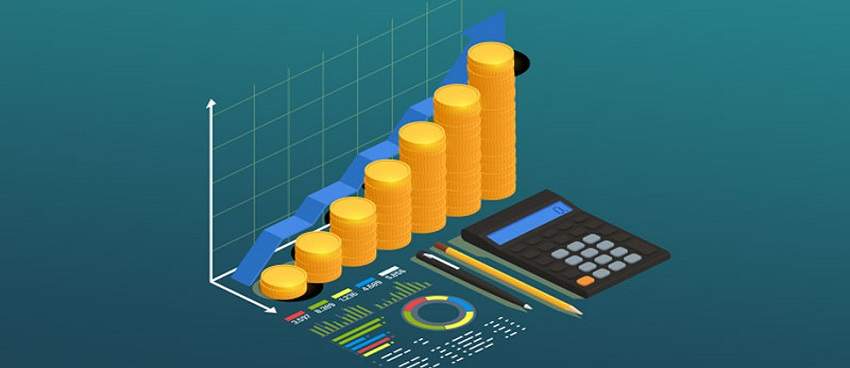Key factors to watch out for before investing in mutual funds

Last Updated: 21st February 2023 - 02:42 pm
While investing in mutual funds, you should check the risk as well as returns. In this post, we would be discussing the things that you should evaluate before investing in mutual funds.
Watch How to choose Mutual Funds:
When it comes to investing in mutual funds, there are a lot of options available to investors. Though it is a good thing, but with over 1,500 schemes and more getting added these days, investors often are in a dilemma of which to select. Therefore, as a part of convenience, they end up investing in a fund with the highest trailing returns.
However, this proves to be disastrous as past returns do not advocate the future. Said that we have Securities and Exchange Board of India (SEBI) registered investment advisors (RIA) and Association of Mutual Funds in India (AMFI) registered mutual fund distributors (MFD) who work as a helping hand for investors. However, if you are a Do-It-Yourself (DIY) investor and invest directly in mutual funds, then including returns, here are three parameters that would help you pick better funds.
Rolling Returns
Rolling returns, also known as rolling period returns are annualized average returns for a timeframe that have been rolled daily for the selected period. Say for instance, the timeframe you are analyzing is 2012 to 2021 which is 10 years and you wish to know the average three-year rolling returns. Then you will calculate the annualized three-year returns on daily basis from 2012 to 2021.
This means that the first three-year period would be January 1, 2012, to December 31, 2014, the second three-year period would be January 2, 2012, to January 1, 2015, the third one would be January 3, 2012, to January 2, 2015, and so forth. Rolling returns are useful for understanding the consistency of returns which in turn helps in gauging the returns that you can roughly expect from the fund in question.
Information Ratio
The information ratio measures the portfolio returns of mutual funds beyond the returns of its benchmark, which is usually an index, with respect to the volatility of those returns.
The information ratio is often used to measure the skill and ability of the fund manager to generate excess returns relative to its benchmark. Moreover, it also seeks to identify the consistency of the performance by incorporating standard deviation into the calculation.
Maximum Drawdown
A maximum drawdown is the maximum practical loss from a peak to a trough of a portfolio before it attains a new peak. It is expressed in percentage terms. Maximum drawdown is a wonderful indicator of downside risk.
There are two ways in which you can use this parameter, one is obviously as a standalone measure. Otherwise, you can also add it to other metrics such as the Calmar ratio, which is calculated similarly to the Sharpe ratio. The only difference is that the Sharpe ratio uses standard deviation, while the Calmar ratio uses maximum drawdown as a risk measure.
Trending on 5paisa
Discover more of what matters to you.
Disclaimer: Investment in securities market are subject to market risks, read all the related documents carefully before investing. For detailed disclaimer please Click here.
 Tanushree Jaiswal
Tanushree Jaiswal